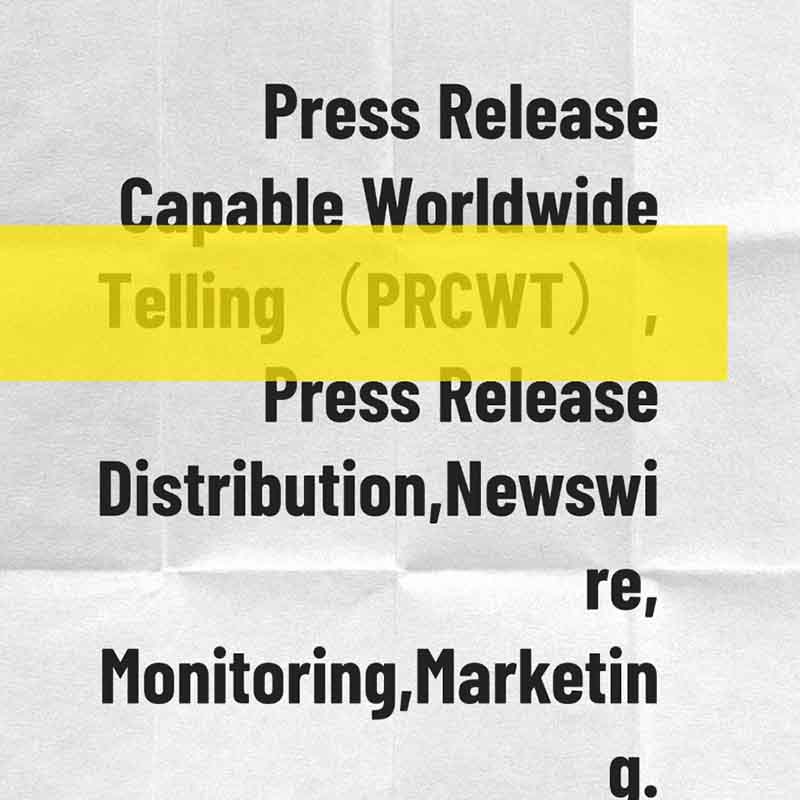In today's digital landscape, media distribution has become a crucial aspect of brand marketing. With the increasing popularity of social media and digital platforms, businesses have a wider range of channels to reach their target audiences. However, with so many options available, it can be challenging to determine the most effective way to distribute media. This article will explore the importance of media distribution and how it can impact a brand's success.
According to recent industry data, businesses that invest in media distribution see a significant increase in brand awareness and customer engagement. In fact, studies have shown that companies that use multiple channels to distribute their media are more likely to reach a wider audience and generate higher levels of revenue. Additionally, media distribution can help businesses build a strong brand image and reputation by providing consistent and engaging content to their customers.

One of the key benefits of media distribution is the ability to reach a targeted audience. By understanding the demographics and interests of their target customers, businesses can tailor their media distribution strategy to reach the right people at the right time. For example, a fitness brand might focus on distributing media on social media platforms that are popular among health-conscious individuals, while a luxury brand might target high-net-worth individuals through traditional media channels such as print and television.
Another important aspect of media distribution is the quality of the content. In order to engage and captivate their audience, businesses need to create high-quality, relevant, and engaging content. This can include blog posts, videos, infographics, and social media updates. By providing valuable content that addresses the needs and interests of their customers, businesses can build trust and loyalty with their audience.
In addition to traditional media channels such as print and television, businesses are also increasingly turning to digital platforms such as social media, video sharing websites, and podcasts. These platforms offer a wide range of opportunities for businesses to distribute their media and engage with their customers. For example, social media platforms such as Facebook and Instagram allow businesses to share photos, videos, and text updates with their followers, while video sharing websites such as YouTube and Vimeo provide a platform for businesses to showcase their products and services through video content.
One of the challenges of media distribution is the constantly changing digital landscape. New platforms and technologies are emerging all the time, and businesses need to stay up-to-date with the latest trends and developments in order to remain competitive. Additionally, businesses need to ensure that their media distribution strategy is integrated across all channels to provide a seamless experience for their customers.
In conclusion, media distribution is a critical aspect of brand marketing in the digital age. By understanding the importance of media distribution and how it can impact a brand's success, businesses can develop a more effective media distribution strategy and reach their target audiences more effectively. Additionally, by providing high-quality, relevant, and engaging content, businesses can build trust and loyalty with their audience and drive business growth.